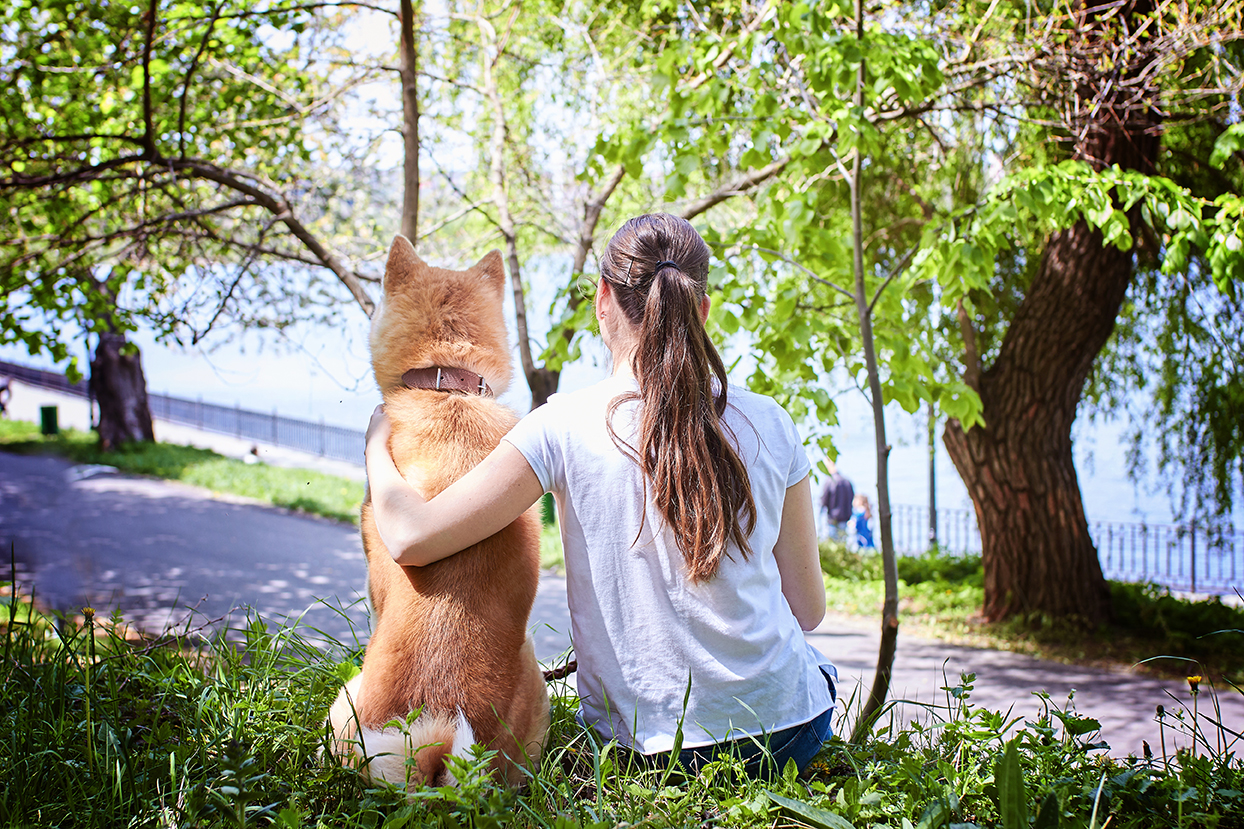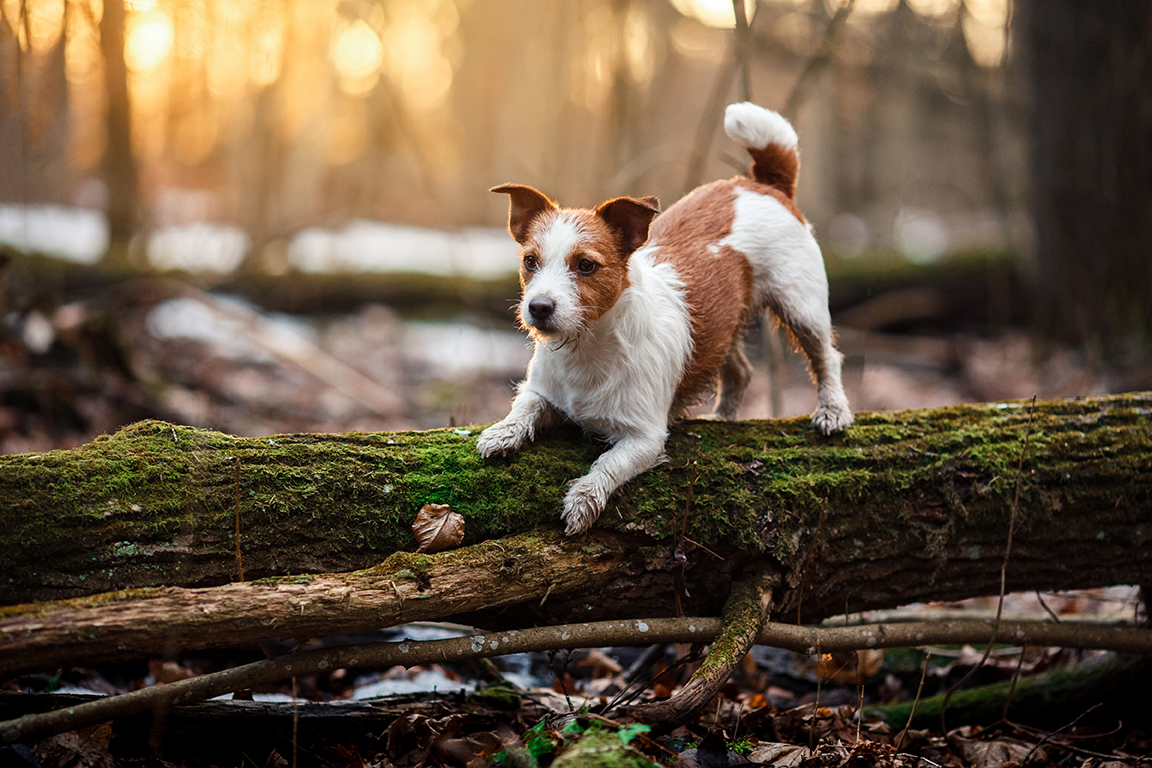
The main strategies for the prevention of canine leishmaniasis are to avoid the bite of the sand fly, the vector of this serious disease. To protect your pet, it is essential to know your dog's risk level and use repellent collars.
"Whoever has a friend has a treasure". This phrase, attributed to King Solomon, holds a great truth. It is so important to protect our faithful companions and do what we can to ensure their health. That's why we take them to the vet and give them the necessary vaccinations. However, there is an enemy that is as inconspicuous as it is dangerous: leishmaniasis, an elusive disease, capable of circumventing even the strictest vaccination schedule. It is a serious pathology that is difficult to treat and can be transmitted to humans. Here we give you the keys to prevent it!
Leishmaniasis: what is it and how is it transmitted?
Leishmaniasis is transmitted through the bite of a sand fly (a tiny mosquito-like insect) of the genus Leishmania. When it feeds on an infected animal, its bite becomes a health risk, particularly for dogs, cats and humans. In the case of dogs, when infected, the parasite reproduces inside their cells and can affect, directly and indirectly, a multitude of tissues and organs.
Its most common clinical manifestations are skin lesions, characteristic nosebleeds and weight loss. In its worst form, it can lead to a very serious (sometimes fatal) clinical condition known as visceral leishmaniasis. However, it may also show no signs, which is no less serious.

Are there treatments for leishmaniasis?
The short answer is "yes". However, treatments are lengthy and can have significant side effects. Furthermore, they do not always eliminate the parasite completely and a latent infection remains. Once the disease has taken hold, the prognosis is usually guarded to severe.
An infected dog can be a factor in the spread of the disease. Whenever sand flies are present, there is a risk of re-infection. Therefore, in the fight against leishmaniasis, prevention is the key.
Strategies to prevent leishmaniasis
The disease has several components: the protozoan parasite (cause or aetiological agent; trigger), the infected mammal (host or, collectively, reservoir), and the transmitting sand fly (vector). This is, so to speak, the cornerstone. Therefore, if we avoid its bite, the whole leishmaniasis "edifice" collapses.
No sand flies, no leishmaniasis
If we know the times, seasons and places where sand flies are most active, we can (although it may not always be convenient) avoid walking our faithful friend when the risk is greatest. Staying under cover is safer than going out during peak vector activity.
Sand flies are nocturnal, although the majority of bites occur at dawn and dusk. This insect likes temperatures above 10 °C, and needs moist places, rich in organic matter, to lay its eggs: crevices, holes, rubbish heaps, tree roots and hollows.

Should I vaccinate my dog against leishmaniasis?
Vaccination is particularly recommended for dogs living in endemic areas and exposed to a high risk (e.g., those living outdoors). Do you know if you live in a canine leishmaniasis endemic area? The vaccine helps keep our furry friend from developing the disease, but must be used in conjunction with repellent collars and pipettes to be most effective.
Serological monitoring to determine the level of risk
Thanks to serological (blood) tests, scientists and epidemiologists can find out how prevalent leishmaniasis is in a given area. This makes it possible to determine the level of risk and to adopt the best prevention strategy. When a dog is diagnosed with the disease, it is important to test other dogs that live with the infected dog, as they are likely to have been exposed. Contact your vet to find out more about the incidence of leishmaniasis in your area.
Repellent collars: the most simple and effective way
Without a doubt, the best strategy for the prevention of leishmaniasis is the use of quality repellent collars. One simple act can make all the difference.
The use of a good collar protects our dog from sand fly bites for several months. No bites, no risk of transmission.
As for periods of use, in endemic areas, your pet should wear it all year round. In other areas, use may be seasonal. If you are planning to escape for a few days with your faithful companion to a high-risk area, pipettes can be your allies, as they protect for a short period of time. If in doubt, ask your vet!
Comprehensive prevention
In the fight against leishmaniasis, we must all do our bit. In this sense, the best thing we can do as owners is to be aware of the level of risk where we live and protect our pets with repellent collars. By doing so, we look after their health, while preventing them from being a factor in the spread of this serious disease.
Now that you know how to prevent leishmaniasis... be proactive and protect your pet and those around you!



